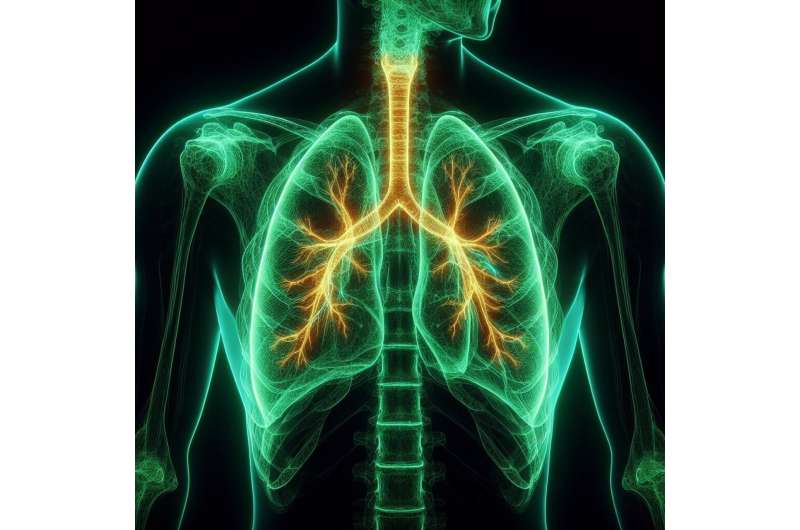New AI-Driven System Aims to Improve Detection of Life-Threatening Respiratory Syndrome

A new AI-based system developed by researchers aims to improve the detection of Acute Respiratory Distress Syndrome (ARDS), a life-threatening lung condition, enhancing early diagnosis and treatment in critical care settings.
Researchers from Endeavor Health and Northwestern University have developed an advanced artificial intelligence (AI) tool designed to assist healthcare professionals in identifying a severe and often underdiagnosed respiratory condition known as Acute Respiratory Distress Syndrome (ARDS). This innovative system analyzes existing patient data, including laboratory results and imaging, to flag potential cases, thereby supporting early diagnosis and treatment.
ARDS occurs when the lungs become intensely inflamed, leading to fluid leakage into the air sacs and preventing oxygen from entering the bloodstream. Often described as "drowning on dry land," this condition results from immune system leakage rather than an infection, and it carries a high mortality rate of nearly 46%. Survivors frequently suffer from long-term lung scarring or cognitive impairments due to oxygen deprivation.
The AI tool has already demonstrated impressive accuracy, correctly identifying 93% of historical ARDS cases. While it does not replace clinical judgment, it functions as a decision support system—alerting physicians to the possibility of ARDS based on patients' medical records. The next phase involves testing the system's ability to predict ARDS in current hospital patients, potentially enabling preemptive interventions.
Dr. Curtis Weiss, a pulmonologist involved in the project, emphasized that ARDS is often missed because its symptoms overlap with other conditions and because clinicians face information overload during ICU shifts. Accurate identification is critical, as treatment strategies differ significantly from those used for conditions like congestive heart failure, which can present similar symptoms.
The AI's design ensures it does not generate false information but rather synthesizes available data for better clinical insights. For example, recognizing the correct cause of lung fluid accumulation can inform whether a ventilator needs to be adjusted or whether different supportive measures are necessary.
The tool's development addresses the challenge of underdiagnosis, which can delay essential treatments. By assisting physicians in integrating multiple diagnostic indicators, the AI system aims to improve ARDS detection rates, ultimately saving more lives.
The research team plans to refine the tool further to minimize false positives, focusing on ensuring that patients at real risk are prioritized for care. This innovative approach signifies a significant step forward in critical care management, leveraging AI to enhance diagnosis accuracy and patient outcomes.
Source: https://medicalxpress.com/news/2025-08-ai-tool-dangerous-respiratory-syndrome.html
Stay Updated with Mia's Feed
Get the latest health & wellness insights delivered straight to your inbox.
Related Articles
Lower Dose of Abiraterone Acetate Proves Effective in Treating Prostate Cancer
A new study demonstrates that a lower, 500 mg daily dose of abiraterone acetate is as effective and safe as the standard dose for treating metastatic prostate cancer, potentially reducing side effects and costs.
California's Summer COVID Wave Shows Signs of Decline: Insights into Community-Level Data
California's summer COVID wave is showing signs of decline across various counties, with key indicators suggesting a potential slowdown in community transmission, though the virus remains pervasive.
Breakthrough in Penicillin Research Through Human Infection Study
A groundbreaking clinical trial has discovered that a lower dose of penicillin than previously thought is effective against Strep A infections, promising improved treatments for rheumatic heart disease.



